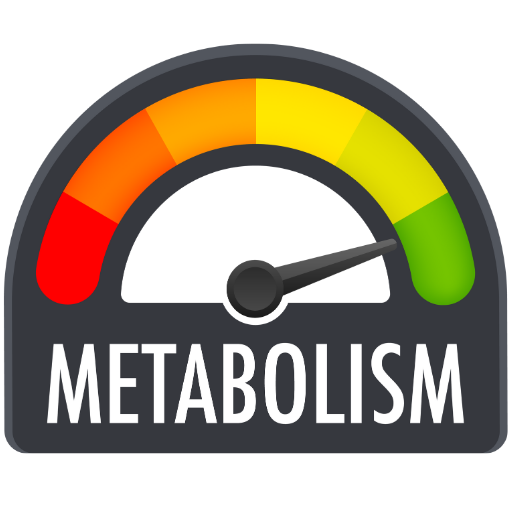About Dew Point Calculator
What is Dew Point in Simple Terms?
The dew point, a vital indicator of weather conditions, revolves around the relationship between air temperature and moisture. You see, warm air can hold more water vapor than cold air. But, as that warm air cools down, its ability to hold moisture diminishes. Even if the amount of water vapor remains unchanged, the air becomes saturated and can no longer retain all the moisture. The dew point is the specific temperature at which this saturation occurs. At this point, water vapor condenses into dew or frost. Essentially, the air has a limited capacity to hold water vapor, and once that threshold—known as the water vapor saturation pressure—is reached, condensation kicks in, forming liquid droplets.
What is Relative Humidity in Simple Words?
Relative humidity, often abbreviated as RH, is a measure of how much water vapor the air can hold at a particular temperature and pressure. It's expressed as a percentage—the higher the number, the closer the air is to being fully saturated with moisture. For example, at 100% relative humidity, the air can't absorb any more moisture, meaning that rain or condensation is likely. However, clouds can form at 100% humidity higher up in the atmosphere while the humidity closer to the ground may be much lower. It's important to note that rain doesn't require 100% humidity at ground level—just enough moisture in the air for precipitation to occur.
Dew Point vs. Humidity: What’s the Difference?
The key difference between dew point and relative humidity lies in their definitions and what they measure. The dew point refers to the temperature at which air becomes fully saturated with moisture and can no longer hold any more water vapor. Once the air cools beyond this point, moisture condenses into water droplets, often seen as fog, dew, or precipitation. The higher the dew point, the more moisture is present in the air, which directly impacts how muggy or sticky it feels outside.
Relative humidity, on the other hand, tells us the percentage of water vapor in the air compared to how much it could hold at that temperature. For instance, on a day where the temperature is 30°C with a dew point of 30°C, the relative humidity is 100%. But, if the temperature is 80°F with a dew point of 60°F, the relative humidity drops to 50%, even though it feels much more humid than a cooler day with higher relative humidity. This is because the dew point is a more accurate measure of how "humid" the air feels to us.
What is the Range of Dew Point?
Dew point temperatures can vary greatly depending on conditions. For example, in pressurized systems, dew points can range from near atmospheric levels to as low as -80°C (-112°F) in specialized environments. Without air-drying capabilities, compressor systems often produce air saturated with moisture at room temperature. In systems with refrigerant dryers, air passes through coolers where water condenses out of the air, resulting in a dew point no lower than about 5°C (41°F). Desiccant drying systems, designed for extreme drying, can lower the dew point to -40°C (-40°F) or even lower by absorbing the water vapor from the air.
How is Dew Point Measured?
To measure the dew point, meteorologists use a tool called a hygrometer. This device works by cooling a reflective surface, such as a mirror, until water vapor in the air begins to condense on it. The temperature at which this condensation occurs is the dew point. You can also estimate dew point using a formula based on relative humidity, though the math might look intimidating. Here's the equation:
Relative Humidity = Mixing Ratio / Saturation Mixing Ratio × 100
The "mixing ratio" refers to the actual amount of water vapor in the air, while the "saturation mixing ratio" represents the maximum amount of moisture the air could hold at that temperature. The ratios are standard for each degree of temperature, making the formula easier to handle with reference charts.
Humidity vs. Relative Humidity: Understanding the Difference
Humidity itself is a measure of the water vapor present in the air, while relative humidity compares that amount to the maximum water vapor the air could hold at a specific temperature. Absolute humidity, another term you might encounter, measures the actual concentration of water vapor in grams per cubic meter (g/m3), without factoring in temperature.
What makes relative humidity important is how it affects how we feel. High relative humidity means sweat can't evaporate efficiently from our skin, making us feel hotter and more uncomfortable than the temperature alone would suggest. A relative humidity of 100% means the air is fully saturated with moisture, so sweating becomes ineffective at cooling us down, leaving us feeling sticky and overheated. In contrast, when relative humidity is around 30% to 50%, most people feel comfortable. Anything higher than that can make you feel like you're stuck in a swamp, especially in hot weather.






















